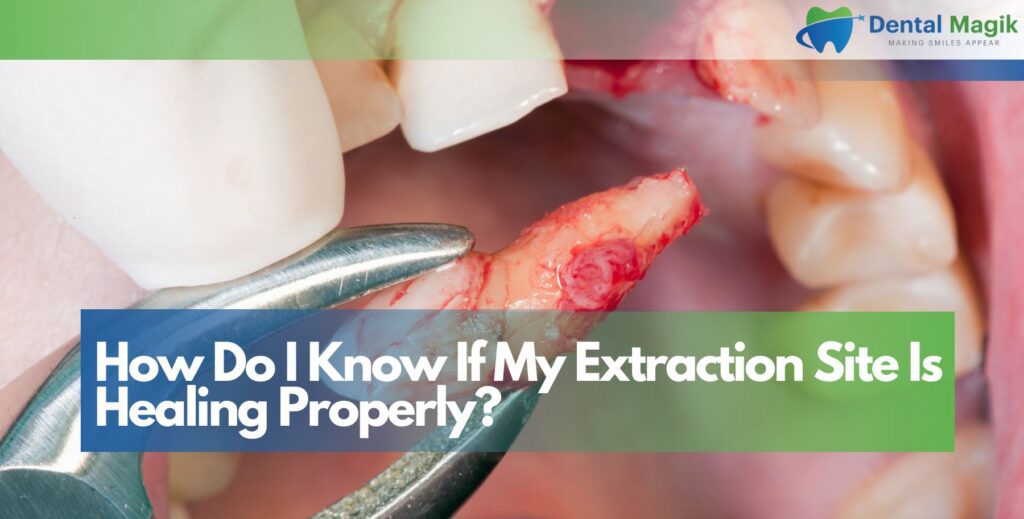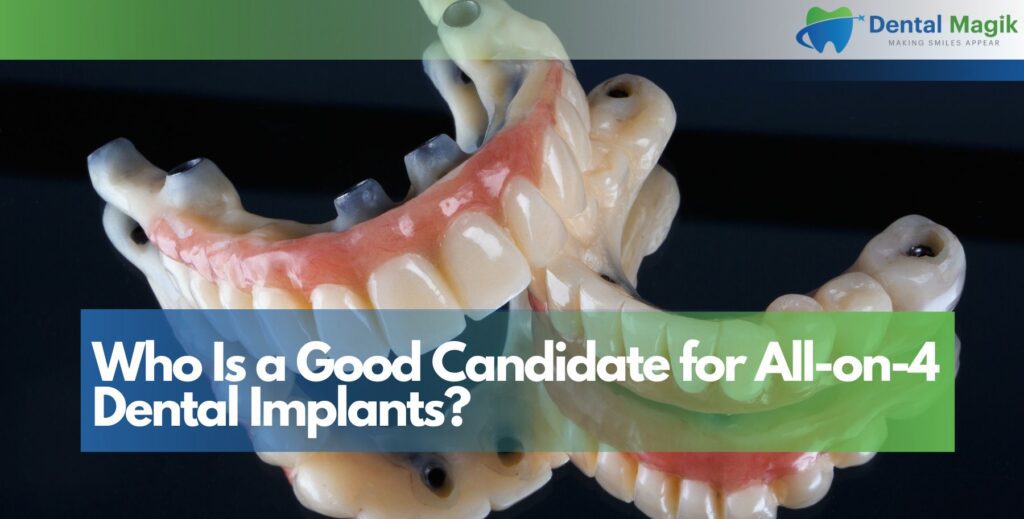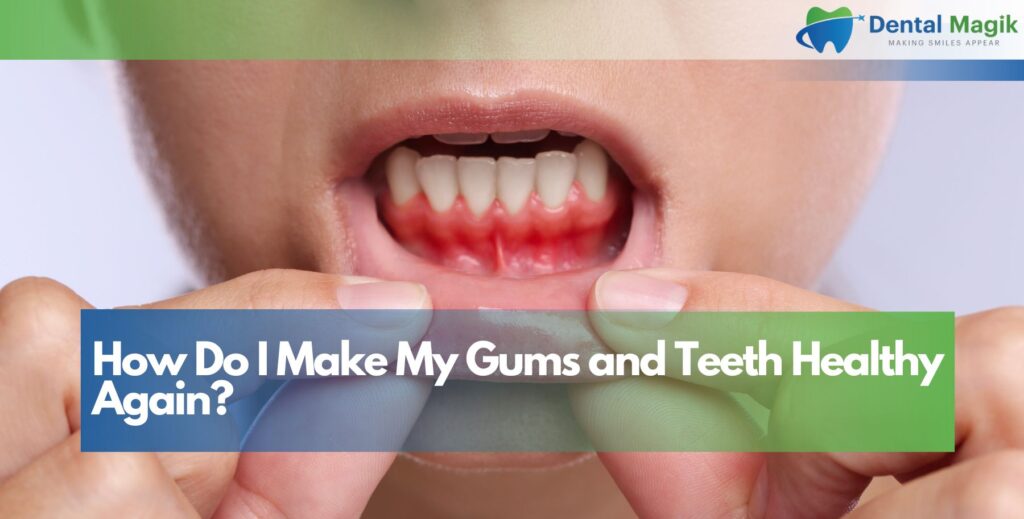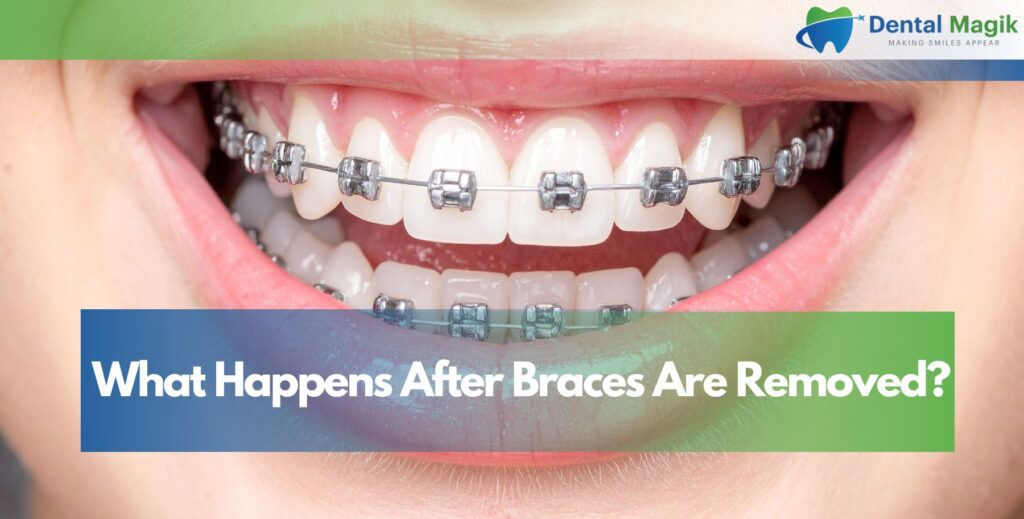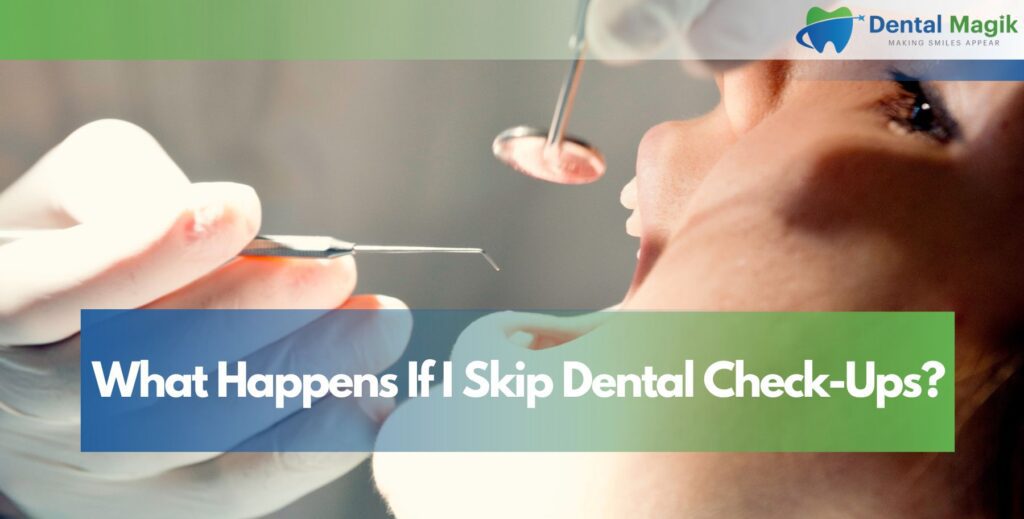Teeth are one of the most important structures in the human body, serving not only as tools for eating but also playing a significant role in your smile and overall oral health. Unfortunately, over time, teeth can suffer damage due to various reasons such as decay, trauma, or wear and tear. In such cases, dental crowns are often an effective solution to restore a damaged tooth, providing both functional and aesthetic benefits.
What Are Dental Crowns?
A dental crown is a cap-shaped restoration that completely covers a damaged or decayed tooth. It encases the tooth to restore its shape, size, strength, and appearance. Crowns are typically made from materials such as porcelain, metal, or a combination of both, ensuring durability, strength, and a natural look.
Crowns are custom-made to fit over the damaged tooth, and they serve multiple purposes, including:
- Restoring the Tooth’s Function: If a tooth is damaged due to decay or trauma, a crown can restore its ability to function properly.
- Enhancing Aesthetics: Crowns can improve the appearance of discolored or misshapen teeth, providing a more symmetrical and attractive smile.
- Protecting Weak Teeth: Teeth that have been weakened by decay or extensive fillings are at risk of breaking. Crowns can protect such teeth from further damage.
- Replacing Large Fillings: Crowns are ideal for covering large fillings that may no longer be sufficient to support a tooth.
Now that we understand what crowns are, let’s dive into why they are an effective solution for restoring damaged teeth.
Why Crowns Are an Effective Solution
1. Restoration of Functionality
One of the primary reasons dental crowns are such an effective solution is their ability to restore functionality to a tooth. Whether the tooth is cracked, severely decayed, or has been subjected to trauma, crowns help restore its strength. With a dental crown in place, you can chew, bite, and speak normally without worrying about the tooth breaking or causing discomfort.
2. Durability and Longevity
Dental crowns are known for their durability and long-lasting nature. With proper care, crowns can last anywhere from 10 to 15 years, sometimes even longer. Materials like porcelain fused to metal (PFM) or all-ceramic crowns are designed to withstand daily wear and tear, making them a long-term solution to damaged teeth.
This durability ensures that you won’t have to worry about the tooth being weakened or compromised over time, and you can maintain your dental restoration for years without needing frequent replacements or repairs.
3. Aesthetic Improvement
Porcelain crowns are often the go-to solution for restoring teeth in visible areas of the mouth. The material is highly customizable and can be crafted to match the color, size, and shape of your natural teeth. For those seeking a more aesthetic and seamless restoration, porcelain crowns are an excellent option, allowing for a natural-looking smile.
Crowns can be used to address a range of aesthetic concerns, including:
- Stained or discolored teeth
- Irregularly shaped teeth
- Chipped or cracked teeth
- Gaps between teeth
With modern advancements in dental technology, crowns now look and feel more natural than ever before, providing a beautiful, functional solution.
4. Protection of Weakened Teeth
Teeth that have suffered from extensive decay or trauma may be structurally weakened and at risk of breaking. Crowns help protect these weakened teeth by covering and stabilizing them. This is particularly crucial for teeth that have undergone root canal therapy. After a root canal, the tooth is often hollowed out, leaving it vulnerable to fracture. A crown can reinforce the tooth and prevent it from breaking or further decaying.
By encasing the damaged tooth, crowns effectively prevent further complications and ensure that your tooth can continue functioning for years.
5. Minimally Invasive Procedure
The process of placing a dental crown is relatively simple and minimally invasive, especially when compared to other restorative procedures. Crowns often require only two visits to the dentist – one for preparation and one for placement. In some cases, a dentist may offer same-day crowns using advanced technology such as CEREC (Chairside Economical Restoration of Esthetic Ceramics), which allows for the creation and placement of a crown in a single appointment.
The tooth preparation process involves reshaping the damaged tooth to ensure the crown fits comfortably and securely. After that, an impression is taken, and the crown is custom-made to fit perfectly. In the meantime, a temporary crown may be placed until the permanent one is ready.
6. Versatility in Treatment Options
Crowns are incredibly versatile and can be used in a wide variety of situations, including:
- Covering large fillings: When a tooth has a large filling that no longer provides enough support, a crown can offer a more stable solution.
- Reinforcing weakened teeth: For teeth weakened by cavities or cracks, crowns provide strength and prevent further damage.
- Restoring broken or fractured teeth: Crowns can help restore teeth that have been broken or fractured, ensuring they regain their full functionality.
- Bridges: Crowns are also essential components of dental bridges, which are used to replace missing teeth by bridging the gap with artificial teeth.
7. Improved Bite Alignment
Crowns can help align your bite and prevent misalignment issues that may lead to jaw discomfort or other oral health problems. In cases where a tooth has been damaged or removed, a crown can restore the bite’s balance and prevent complications like teeth shifting or uneven pressure on other teeth.
Types of Dental Crowns
There are several different types of dental crowns available, and the right option for you depends on factors such as the location of the damaged tooth, your aesthetic preferences, and your budget. Below are the most common types of crowns used in dentistry:
1. Porcelain Crowns
Porcelain crowns are a popular choice for visible teeth because of their ability to mimic the look of natural teeth. They are highly durable, stain-resistant, and provide excellent aesthetics. Porcelain crowns are often preferred for front teeth and areas of the mouth that require a more natural appearance.
2. Porcelain-Fused-to-Metal (PFM) Crowns
PFM crowns combine the strength of metal with the natural look of porcelain. These crowns are a good option for teeth that need both durability and aesthetic appeal. The metal base provides strength, while the porcelain exterior gives the crown a more natural appearance. PFM crowns are commonly used for molars, where strength is a priority.
3. Metal Crowns
Metal crowns are made from various metals, including gold, platinum, or other alloys. These crowns are extremely durable and are often used for teeth that are not visible, such as molars. Metal crowns require less tooth structure to be removed compared to other crown types, making them a great option for preserving more of the natural tooth.
4. Zirconia Crowns
Zirconia crowns are made from a durable, strong, and biocompatible material. These crowns offer excellent aesthetics and can be used for both front and back teeth. Zirconia crowns are resistant to fractures and wear, making them a long-lasting solution for damaged teeth.
5. Resin Crowns
Resin crowns are made from composite materials and are typically less expensive than other types of crowns. While they are not as durable as porcelain or metal crowns, resin crowns can be a good option for temporary restorations or less critical areas of the mouth.
The Dental Crown Procedure
The process of getting a dental crown typically takes two visits to your dentist. Here’s what you can expect during the procedure:
Tooth Preparation and Impressions
During the first visit, your dentist will examine your tooth and take X-rays to assess the extent of the damage. If the tooth is severely decayed or broken, your dentist may need to build it up before placing the crown.
Once the tooth is prepared, your dentist will reshape it to make room for the crown. An impression of the tooth will be taken, either using traditional putty or digital scanning technology. This impression is sent to a dental laboratory where the crown will be custom-made.
Crown Placement
Once the permanent crown is ready, your dentist will check the fit and make any necessary adjustments. The crown is then bonded to your tooth using a strong dental adhesive. The dentist will ensure that the crown fits securely and that your bite feels comfortable before finalizing the procedure.
Aftercare
After the crown is placed, you may experience some temporary sensitivity, but this should subside within a few days. It’s important to maintain proper oral hygiene and avoid biting on hard foods immediately after the procedure to allow the crown to set properly.
Conclusion
Dental crowns are an excellent solution for restoring damaged teeth. They provide strength, durability, aesthetic enhancement, and protection for weakened teeth, making them a versatile and effective option for both functional and cosmetic concerns. Whether you need a crown to address decay, fractures, or aesthetic issues, crowns can help restore your smile and improve your oral health.
If you’re in need of a Dental crown and are looking for expert care, consider visiting Dental Magik, your local Dentist in East Brunswick, NJ. With advanced technology and a focus on patient comfort, the team at Dental Magik will help you restore your smile with precision and care.


